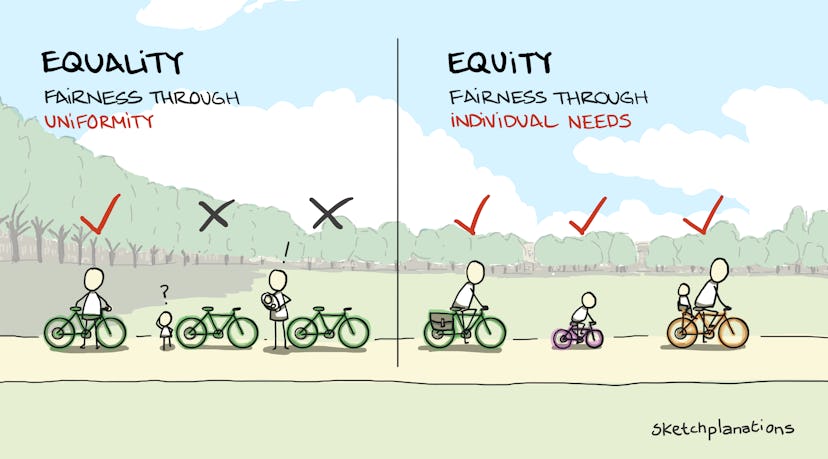“Lack of volunteers” is a common theme lately in our executive director/CEO roundtables at Spokes. Currently volunteers are “aging out” and it’s a struggle to replace them. I decided to ask our friend chatGPT about this issue. As usual, it had lots of ideas.
For openers, it provided the following trends that contribute to the situation:
- Aging Population of Traditional Volunteers: Older generations, especially Baby Boomers, have historically been strong contributors to volunteerism. As they age, they are either reducing their involvement or are unable to continue due to health reasons.
- Younger Generations Volunteering Less: While Millennials and Gen Z are often involved in social causes, their approach to volunteering is different. They tend to prefer short-term, project-based engagements or virtual volunteering, rather than long-term commitments. Their work-life balance, financial pressures, and busy schedules also play a role in their reduced engagement in traditional volunteering.
- Shift in How Younger People Engage: Younger generations are often more attracted to causes that align with their personal values and might prioritize advocacy, digital activism, or donating money over volunteering time in a traditional sense. They also prefer organizations that offer flexible, meaningful, and tech-savvy volunteer opportunities.
- Competition with Other Activities: Younger people have more competing interests, such as career development, social activities, and other forms of civic engagement. Nonprofits may struggle to attract them unless they adapt to these preferences.
- Lack of Targeted Outreach: Some nonprofits may not have adjusted their volunteer recruitment and engagement strategies to appeal to younger generations, who often rely on social media and online platforms for such opportunities.
Next time, I’ll share some of the suggested approaches for countering this trend.

Find Us On Social Media: